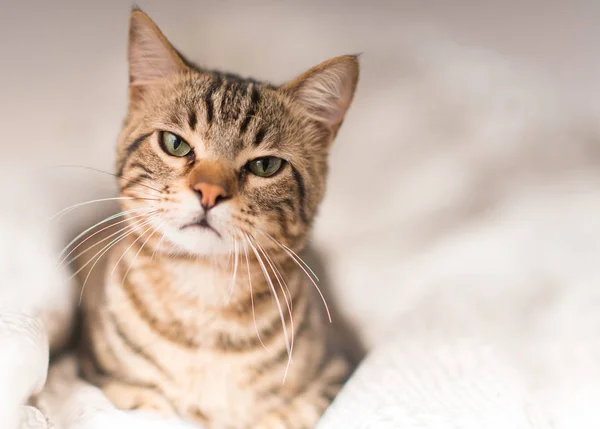
Did you know that cats’ brains are 90% similar to ours? Under that fluffy exterior is a very complex and intelligent creature; often, there are fascinating-and sometimes unexpected-reasons for its behaviors. Even lifelong cat parents are often amazed when they learn what science and feline experts have uncovered about their pets.
From the way they communicate through a slow blink to why they sometimes bring home “gifts” that no one asked for, cats have quirks based on instinct, biology, and social intelligence. These behaviors are not just fun trivia; they can actually help reinforce the bond between humans and their feline companions.
Based on what they have learned from veterinarians, animal behaviorists, and recent research, here are nine surprising cat behaviors decoded such that every twitch of a whisker and every knead of the paw will make more sense.

1. Cats Form Attachments Similar to Human Infants
Despite their reputation for being aloof, research led by Dr. Kristyn Vitale finds that cats demonstrate attachment styles in a similar way to dogs-and even human babies. In controlled-condition studies, cats chose to spend as much time near their humans as dogs did, while their patterns of attachment were no different from those in infants. This means that the affection from your cat is not just in your head: It’s a measurable emotional connection.

2. Hunting Isn’t Always About Hunger.
While domestic cats can hunt for food, more often than not, it is about instinct and opportunity. It has been documented that even well-fed cats, if given an opportunistic chance to do so, will stalk prey because of some evolutionary necessity to seize many small meals throughout the day. Less than 50% of hunting attempts work out, so waiting for this to happen once they get hungry might be quite risky in the wild. This is why your indoor cat still pounces on a moth or toy mouse with fierce determination.

3. The Mystery of the Solicitation Purr
Not all purrs are created equal. One in particular, the “solicitation purr,” combines the normal low rumble with a high-frequency element at a pitch that is right around that of a human infant’s cry. People think this sound is more urgent, according to McComb and company, and cats often use it when their food bowls are empty or other forms of attention are in order. It’s a remarkably effective evolutionary trick for getting humans to get up and moving.

4. Whiskers Are High-Tech Sensors
Whiskers on a cat aren’t only for good looks but are highly sharpened sensory organs. Every one of their whiskers sits in a follicle full of nerves and blood supply, allowing them to detect subtle air currents, measure tight spaces, and keep the balance. For this reason, it can disorient a cat if their whiskers are cut, and this might be why they do so well in the dark.
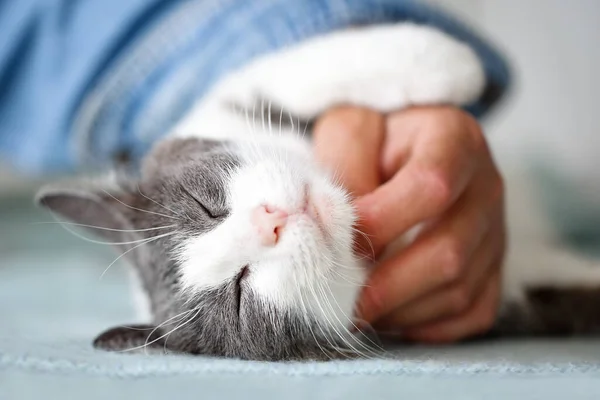
5. The Science of Kneading
Kneading means that the cat generally presses its paws into a blanket rhythmically, or onto your lap for that matter. While this started in kittenhood to stimulate milk flow from their mother, adults do this when feeling very safe and content. Usually combined with purring and half-closed eyes, this shows evidence of your cat feeling very relaxed and trusting you.
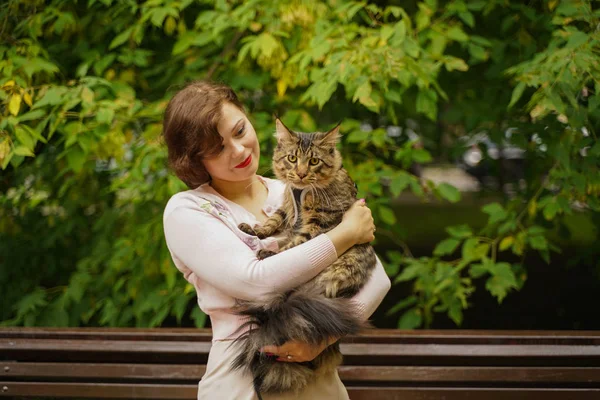
6. The Slow Blink Is Feline for ‘I Trust You’
That languid eye-closing gesture you get from your cat sometimes is more than a cute little quirk. The slow blink signals contentment and non-threat, and many cats will return that gesture if you do it first. In fact, shelter studies even suggest that cats which slow blink at humans are more likely to be adopted, hinting at its role in building trust.
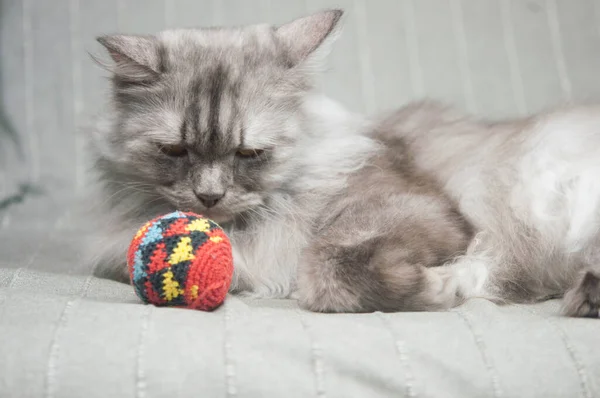
7. Play Mimics the Hunt
Interactive play is more than mere amusement; it is a controlled outlet for hunting behaviors. Preylike objects, such as feather wands or mobile mice, enable cats to act out the stalk-pounce-capture behavior. Professionals recommend rotating toys to keep things fresh since boredom can lead to destructive behavior. That sort of play reduces the number of other creatures your cat catches and brings into your house.
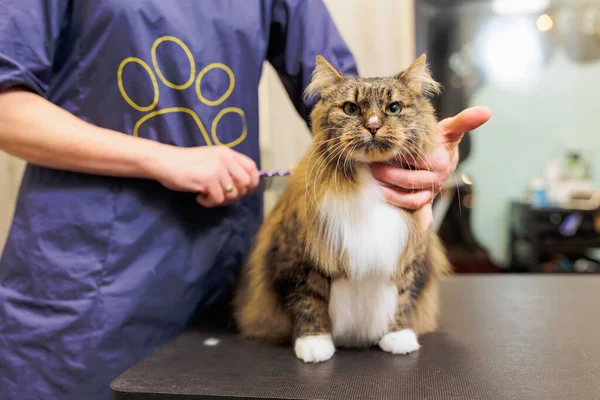
8. Grooming is More than Cleanliness
Cats can spend as much as half of their waking time grooming, and it is not for the reason that they like looking tidy. Grooming regulates body temperature, reduces stress, and, between cats, reinforces social bonds. Changes in grooming habits-more or less than usual-can be an early sign of stress or illness.

9. Cats See in the Dark Almost
Thanks to a reflective layer in their eyes called the tapetum lucidum, cats are able to see in light levels six times lower than humans can. This adaptation made their wild ancestors exceptional nocturnal hunters. While they can’t see in complete darkness, their night vision is so sharp that even a dimly lit room is plenty for a midnight prowl. Cats are much more than their stereotypes would suggest. They’re intelligent, emotionally complex, and deeply attuned to their environment-and to the people they share their lives with. By learning the science and meaning behind their behaviors, cat owners can better meet their pets’ needs and enjoy a richer, more rewarding bond with them.


